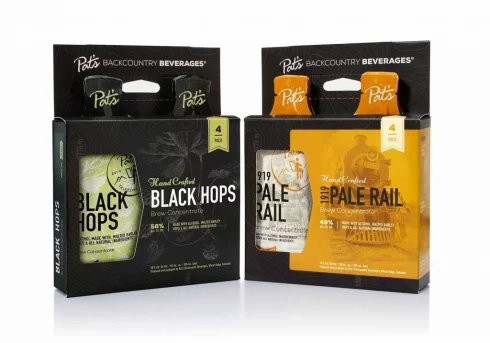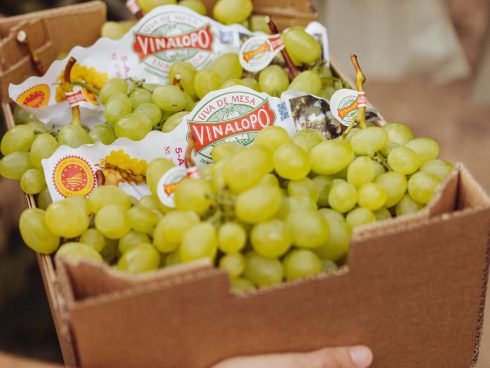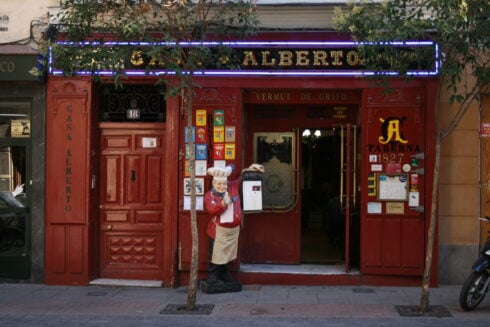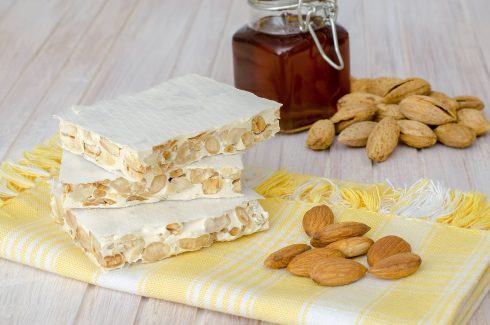HERE in Spain, the culture of enjoying ‘una cervecita’ runs strong, but what do traditional beer drinkers think of a powdered version, where you just add water?
A monk-run brewery in Germany, called Klosterbrauerei Neuzelle, says that it has created the ‘world’s first powdered beer’.
This isn’t strictly true, as Pat’s Backcountry Beverages Company has been marketing beer in powder form for five years. Its product pack includes a carbonator – a type of bottle with a mechanism that causes liquids, including water, to fizz.

Based around still water, the new product from Klosterbrauerei Neuzelle is a non-alcoholic beer. It’s brewed using conventional methods and then turned into a water-soluble granulate powder.
If consumer trials are successful, the company will start producing a version that contains alcohol later this year.

The company claims that powdered beer reduces transportation requirements, costs, and fuel consumption.
As for drinkers, powdered beer has obvious benefits if you’re attending a music festival, hiking, or other outdoor pursuits where you don’t want to carry cans.
It could also prevent the age-old problem of drinking warm beer on a hot day, if you add the powder to cold spring water.
Richard Hartley, mountain guide from Spanish Highs, said: “I would love it. Weight is critical and I carry about 5kg for an overnight trip. Beer powder would be a consumable item that weighs relatively little. It also assists rehydration when mixed with water.”
Keen motorcyclist, Mathew Wood, says: “I normally have a water bottle when riding, so I’d just add powder to that. As it’s alcohol free, it definitely sounds interesting when out on the road.”
“Sounds different but I’d give it a try,” says reader, Andy Foster
READ MORE
- Top Spanish beer, Cruzcampo, launches in the UK as Iberian brands continue British invasion
- WINE COUNTRY: La Alpujarra and Contraviesa of Spain’s Granada have produced wine for 2,000 years – and it’s still a corking success
- WINE CENTRAL: Bodega Cuatro Vientos, an unmissable visitor experience in the Sierra de Contraviesa of Spain’s Granada
Click here to read more Food & Drink News from The Olive Press.








